Politics of the Administrative Process
Seventh Edition – Ebook PDF Version
Visit to download the full and correct content document: https://ebookmass.com/product/politics-of-the-administrative-process-seventh-editionebook-pdf-version/
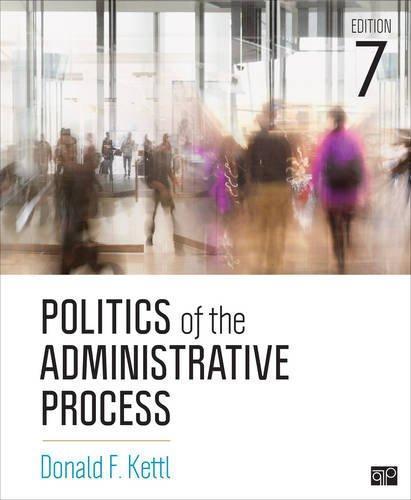
More products digital (pdf, epub, mobi) instant download maybe you interests ...
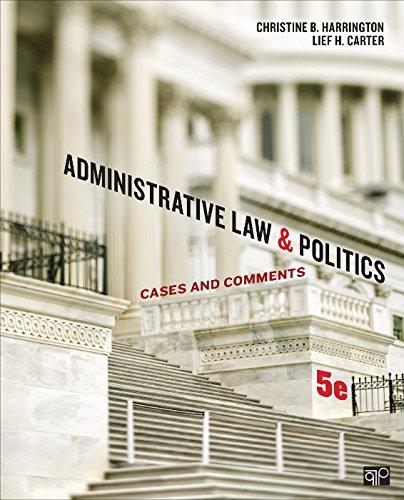
Administrative Law and Politics: Cases and Comments 5th Edition – Ebook PDF Version
https://ebookmass.com/product/administrative-law-and-politicscases-and-comments-5th-edition-ebook-pdf-version/
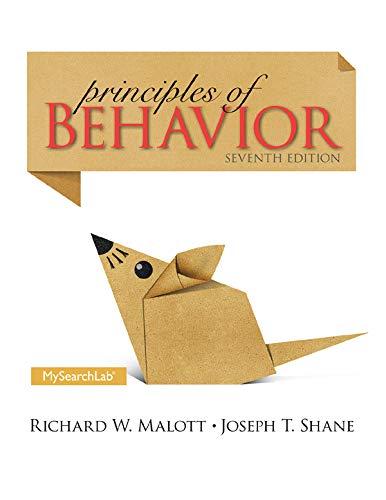
Principles of Behavior: Seventh Edition – Ebook PDF Version
https://ebookmass.com/product/principles-of-behavior-seventhedition-ebook-pdf-version/
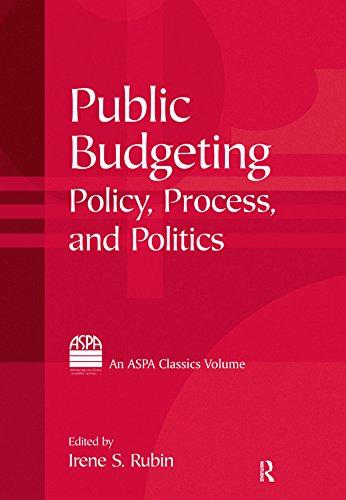
Public Budgeting: Policy, Process and Politics (Aspa Classics) – Ebook PDF Version
https://ebookmass.com/product/public-budgeting-policy-processand-politics-aspa-classics-ebook-pdf-version/
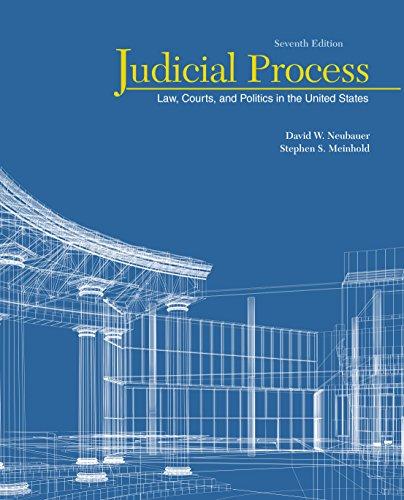
Judicial Process: Law, Courts, and Politics in the United States 7th Edition – Ebook PDF Version
https://ebookmass.com/product/judicial-process-law-courts-andpolitics-in-the-united-states-7th-edition-ebook-pdf-version/

Sherris Medical Microbiology, Seventh Edition – Ebook PDF Version 7th
https://ebookmass.com/product/sherris-medical-microbiologyseventh-edition-ebook-pdf-version-7th/

Psychiatric Mental Health Nursing Seventh, North American Edition – Ebook PDF Version, Revised – Ebook PDF Version
https://ebookmass.com/product/psychiatric-mental-health-nursingseventh-north-american-edition-ebook-pdf-version-revised-ebookpdf-version/
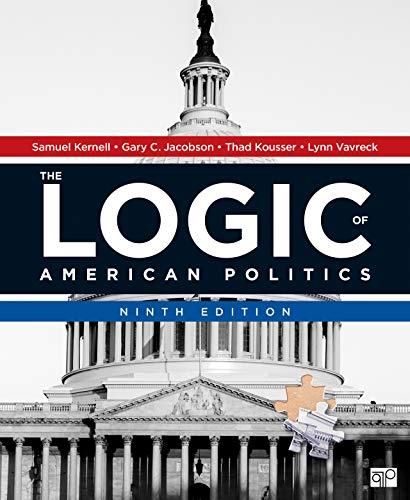
The Logic of American Politics 2nd Edition – Ebook PDF Version
https://ebookmass.com/product/the-logic-of-american-politics-2ndedition-ebook-pdf-version/

Introduction to 80×86 Assembly Language and Computer Architecture – Ebook PDF Version
https://ebookmass.com/product/introduction-to-8086-assemblylanguage-and-computer-architecture-ebook-pdf-version/
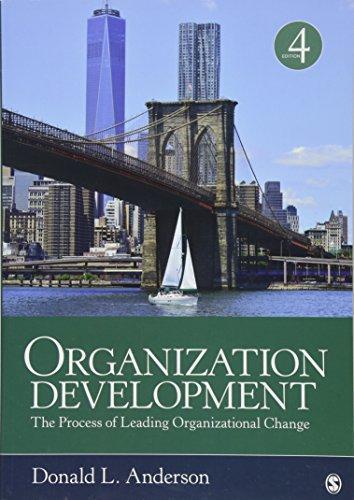
Organization Development: The Process of Leading Organizational Change – Ebook PDF Version
https://ebookmass.com/product/organization-development-theprocess-of-leading-organizational-change-ebook-pdf-version/
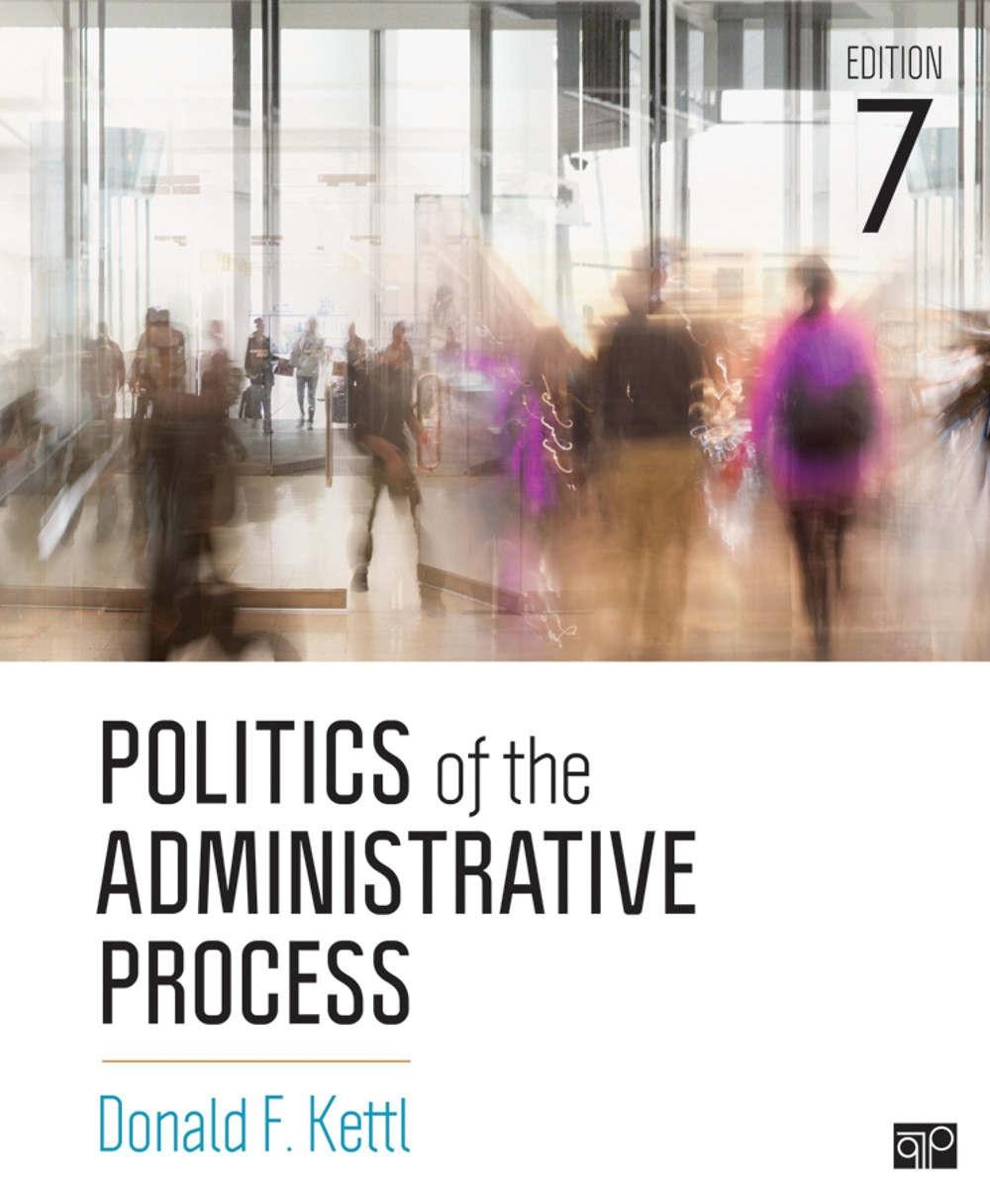
Contents
1. Figures, Tables, and Boxes
2. Preface
3. Abbreviations and Acronyms
4. About the Author
5. 1. Accountability
1. Diving into Data: The Water Crisis and the Children of Flint, Michigan
2. Historical Roots
3. The Meaning of Accountability
1. What Is Accountability?
2. Approaches to Accountability
4. Ripped fromthe Headlines: Why We Can’t Have Nice Things, Explained
1. Elements of Accountability
2. Holding Administration Accountable
5. Governmental Power and Administrative Ethics
6. The Public Service
7. Case 1.1 Do NOT Read This Case! The NSA’s Surveillance Program
8. Case 1.2 Snow Removal in the Blizzard of 2010: Who Gets Plowed First?
9. Case 1.3 Google Earth versus Privacy in Riverhead, New York
10. Case 1.4 Permission Slips for Oreos
11. Key Concepts
12. For Further Reading
13. Suggested Websites
6. PART
I: THE JOB OFGOVERNMENT
1. 2. What Government Does And How It Does It
1. Diving into Data: Trust in the Federal Government
2. The Size of Government
1. Five Myths about “Big Government”
2. Number of Governments
3. Government Employment and Spending
3. What Government Does
4. How Government Does It
1. Contracts
5. Ripped fromthe Headlines: Profiting fromRed Tape
1. Grants
2. Regulations
3. Tax Expenditures
4. Loan Programs
6. Implications for Public Administration
7. Conclusion
8. Case 2.1 Pennsylvania: Who Is in Charge of Homeland Security?
9. Case 2.2 Reading License Plates: Collecting Data on American Citizens
10. Case 2.3 Wasting Away? Fifty Examples of Government Waste
11. Case 2.4 Are Private Markets Better Than Government?
12. Key Concepts
13. For Further Reading
14. Suggested Websites
2. 3. What Is Public Administration?
1. The Meaning of Public Administration
1. Public versus Private Administration
2. Diving into Data: Management of the Medicare and Medicaid Programs
1. Policy Execution versus Policy Formation
3. Ripped fromthe Headlines: The Prison Becomes a Marijuana Farm
1. Administrative Responsibility
4. The Study of Public Administration
1. Public Administration in Time
2. Complexity and Simplicity
5. Case 3.1 The Administrative State: Enforcement of Speeding Laws and Police Discretion
6. Case 3.2 Should Private Contractors Be Guarding Government Buildings?
7. Case 3.3 Crisis of Water in Maryland
8. Case 3.4 Humvees in Ferguson
9. Key Concepts
10. For Further Reading
11. Suggested Websites
7. PART II: ORGANIZATIONAL THEORY AND THE ROLE OF GOVERNMENT’S STRUCTURE
1. 4. Organizational Theory
1. The Structural Approach to Large Organizations
1. Authority and Hierarchy
2. Two Models: Classical and Bureaucratic
2. Ripped fromthe Headlines: Cyber Leadership
3. Diving into Data: Government Employment as a Percentage of the Labor Force
4. Systems Theory
1. SystemBoundaries
2. SystemPurpose
5. Challenges to the Traditional Theories
6. The Humanist Challenge
1. Jobs, Productivity, and Happiness
2. Ideology
7. The Pluralist Challenge
1. Organizational Culture
2. Assessment
8. Formal Models of Bureaucracy
1. Principals and Agents
2. Criticism
9. The Challenge of Interwoven Government
10. Conclusion
11. Case 4.1 Differences in Organizational Culture: Is the FBI from Mars and the CIAfromVenus?
12. Case 4.2 Learning to See in the New York Police Department: How Studying Art Makes You a Better Cop
13. Case 4.3 Ben Proposes Marriage: Romantic Gesture or Abuse of Police Power?
14. Case 4.4 What Should Government Do about Sharks?
15. Key Concepts
16. For Further Reading
17. Suggested Websites
2. 5. The Executive Branch
1. Executive Branch Components
2. Diving into Data: Environmental Protection in Wisconsin
1. The Cabinet
2. Independent Agencies
3. Bureaus
4. Field Offices
3. Leadership of the Executive Branch
1. Problems for Executive Management
4. Ripped from the Headlines: Can and Should Government Treat Citizens More Like “Customers”?
1. The Executive Office and the White House
2. The Office of Management and Budget
3. The National Security Council
5. E-government
6. Conclusion
7. Case 5.1 The Boston Marathon Bombing: Effective Coordinated
Response
8. Case 5.2 Which Way for Cheese? Conflicting Policies at the U.S. Department of Agriculture
9. Case 5.3 Partly Cloudy? Wyoming Moves to Google Apps for Government
10. Case 5.4 How to Fix the VA?
11. Key Concepts
12. For Further Reading
13. Suggested Websites
3. 6. Organization Problems
1. The Search for Effective Organization
1. Organizational Criteria
2. Interagency Conflict
2. Diving into Data: Seafood Safety
1. Interagency Coordination
2. The Role of Staff
3. Reorganization
4. Ripped from the Headlines: Do Americans Prefer State or Federal Power?
1. Comprehensive Reorganization
2. Obstacles to Reorganization
5. Conclusion
6. Case 6.1 Sunset, the Golden Retriever: Governor Schwarzenegger and the Restructuring of California’s Executive Branch
7. Case 6.2 Obama Launches Management Reform: New or Recycled Ideas?
8. Case 6.3 Naughty Aughties: Has American Government Become More Centralized?
9. Case 6.4 Who’s in Charge When Fires Strike?
10. Key Concepts
11. For Further Reading
12. Suggested Websites
4. 7. Administrative Reform
1. Reformin America
2. Conflicting Theories
1. Downsizing
3. Diving into Data: Federal Employees per Million Dollars in Federal Spending
1. Reengineering
4. Ripped fromthe Headlines: Rooting Out Sexual Harassment
1. Motivation
2. Delivery Framework
3. Assessing the Reforms
5. All the World’s a Stage
6. Conclusion
7. Case 7.1 How Best to Contribute Public Good: Government or Nonprofit?
8. Case 7.2 Poking through the Luggage: At San Francisco Airport, Private Contractors (Not the TSA) Inspect Your Bags
9. Case 7.3 StateStat: Performance Management in Maryland State Government
10. Case 7.4 The War on Zika
11. Key Concepts
12. For Further Reading
13. Suggested Websites
PART III: PEOPLE IN GOVERNMENT ORGANIZATIONS
1. 8. The Civil Service
1. Fundamental Elements of the Civil Service System
1. Position Classification
2. Staffing
2. Diving into Data: Job Categories of Federal Civil Service Employees, 1975–2015
3. Ripped from the Headlines: Changing Pay and Benefits for Government Employees
1. Compensation
4. Employee Rights and Obligations
1. Unionization and Collective Bargaining
2. The Right to Privacy
3. Political Activity
5. Conclusion
6. Case 8.1 Who Is More Efficient Government Workers or Private Contractors?
7. Case 8.2 Federal Furloughs: Government Employees Suffer fromBudget Battles
8. Case 8.3 Keeping Volunteers Out of the Library? Battling the Teachers Union in Bridgewater, Massachusetts
9. Case 8.4 What Do We Owe Vets?
10. Key Concepts
11. For Further Reading
12. Suggested Websites
2. 9. Human Capital
1. The Human Capital Challenge
1. Building Human Capital
2. Government Reforms
2. New Flexibility for the Personnel System
1. Departmental Flexibilities
2. Rethinking the Meaning of Merit
3. Leadership in the Public Service
1. Political Leadership
2. Recruitment
3. Turnover
4. Ripped from the Headlines: The Number One Challenge for State and Local Governments
1. How Many Are Too Many?
5. Senior Executive Leadership
6. Diving into Data: Millennials in the Workforce
7. The Problemof Top-Level Leadership
8. The Changing Workforce
9. Conclusion
10. Case 9.1 The Brain Train: Planning for the Coming Federal Retirement Boom
11. Case 9.2 Reining in the Unions? State Employees Targeted in Wisconsin, Ohio, and Beyond
12. Case 9.3 Who You Gonna Call? It’s One Man Who Decides Who Gets How Much fromthe BP Oil Spill Compensation Fund
13. Case 9.4 Big ReformIdeas fromHouse Republicans
14. Key Concepts
15. For Further Reading
16. Suggested Websites
9. PART IV: MAKING AND IMPLEMENTING GOVERNMENT DECISIONS
1. 10. Decision Making: Rationality and Risk
1. Basic Problems
1. Information
2. Values
2. Rational Decision Making
1. Basic Steps
3. Ripped fromthe Headlines: Fighting Fraud in Health Care
1. Appraisal
4. Diving into Data: Risk Management in Clackamas County, Oregon
5. Public Choice
1. Appraisal
6. Bargaining
1. Appraisal
7. Participative Decision Making
1. Appraisal
8. Limits on Decision Making
1. Uncertainty
2. Information Pathologies
3. Crisis
9. Managing Risk
1. Steps toward Effective Risk Management
2. Overcoming Barriers to Risk Management
10. Conclusion
11. Case 10.1 Baltimore Battles the Banks
12. Case 10.2 Pay to Spray? Fire Protection and the Free Rider Problem in South Fulton, Tennessee
13. Case 10.3 Tweeting to the Rescue? How the Mayor of Newark Used Social Media to Improve Public Service Delivery
14. Case 10.4 What Are You Eating for Breakfast?
15. Key Concepts
16. For Further Reading
17. Suggested Websites
2. 11. Budgeting
1. The Budget’s Twin Roles
1. The Economic Role
2. The Political Development of the Budgetary Process
2. Ripped fromthe Headlines: Can State Governments Stop Earthquakes?
3. Budget Preparation
1. Budget Targets: Top-Down
2. Budgets and Incrementalism: Bottom-Up
4. Appropriation by the Legislature
1. Congressional Budget Reforms
2. Bumps in the Federal Budget Process
5. Budget Execution
6. Budgeting for State and Local Governments
7. Diving into Data: Federal Government Spending
8. Conclusion
9. Case 11.1 Going Black: The United States’ “Black Budget” Intelligence Operations
10. Case 11.2 Fromthe Front Line of Budgeting: Funding SEPTA
11. Case 11.3 Performing under Fire: Budget Constraints Force Fire Departments to Better Manage Resources
12. Case 11.4 Lessons on Budgeting fromHouse of Cards
13. Key Concepts
14. For Further Reading
15. Suggested Websites
3. 12. Implementation and Performance
1. Judging ProgramSuccess and Failure
1. What Are Success and Failure?
2. Problems of Performance
1. Uncertainty
3. Ripped fromthe Headlines: Next Steps in Government Procurement
1. Inadequate Resources
2. Organizational Pathologies
3. Inconsistent Leadership
4. Networked Government
4. Interweaving through Federalism
5. Interweaving through Contracting
1. Advantages of Contracting
6. Diving into Data: Implementation Contractors and Soldiers
1. Problems with Contracting
7. Performance Management
1. Citizen Feedback
2. Formal ProgramEvaluation
3. Results-Based Management
8. Conclusion
9. Case 12.1 Crashing to Earth: Obama’s Signature Health Insurance ProgramStumbles
10. Case 12.2 Can You See Me Now? Local Officials Grumble at New Federal Road Sign Requirements
11. Case 12.3 Whooping Cough Epidemic in Washington: The Importance of Public Health
12. Case 12.4 Better Numbers, Lower Crime
13. Key Concepts
14. For Further Reading
15. Suggested Websites
10. PART V: ADMINISTRATION IN ADEMOCRACY
1. 13. Regulation and the Courts
1. Regulation as a Foundation for Government’s Work
1. The Roots of Regulation
2. The Job of Regulation
1. Kinds of Regulations
2. State and Local Regulations
3. Diving into Data: Tiny Houses in Portland
1. Expertise
4. Regulatory Procedure
1. Administrative Rulemaking
5. The Courts’ Regulation of the Regulators
1. Access to the Courts
6. Ripped fromthe Headlines: Contractor-Led Secret Interrogations
1. Systems and Values
7. Regulation of the Regulators
8. Conclusion
9. Case 13.1 The Dude and Seattle’s Police: Conflicting Marijuana Policies
10. Case 13.2 SCOTUS and Below: Comparing the U.S. Supreme Court and Lower Federal Courts’ Contribution to Public Administration
11. Case 13.3 Profile in ICE? Local Officials Opt Out of Federal Program They Worry Could Lead to Racial Profiling
12. Case 13.4 What a Box of Honey Nut Cheerios Says about Today’s Politics
13. Key Concepts
14. For Further Reading
15. Suggested Websites
2. 14. Accountability and Politics
1. The Separation of Powers
1. The Paradox of Oversight
2. The Purposes of Oversight
2. Diving into Data: The Rise of Federal Tax Expenditures
3. Committee Oversight of Administration
1. Varieties of Committee Review
4. Ripped from the Headlines: When Americans Want Help from 911 They Want It Now!
1. Oversight and Redundancy
2. Barriers to Information Flow
3. Staffing
5. The Government Accountability Office
1. Changes in GAO’s Strategy
2. State and Local Legislative Control
6. An Assessment of Legislative Control
7. How Does Accountability Work?
1. Elements of Accountability
2. Principles to Make Accountability Work
8. Big Questions
9. Conclusion: Ethics and the Public Service
10. Case 14.1 The Department of Expectation Management
11. Case 14.2 Scary Words: Governments Must Start “Doing More with Less”
12. Case 14.3 Will We Drink to That? The Florida Board of Education’s War on Chocolate Milk
13. Case 14.4 Lobbying for EpiPens and Uber
14. Key Concepts
15. For Further Reading
16. Suggested Websites
11. Notes
12. Glossary of Key Concepts
13. Index
Figures, Tables, and Boxes
Figures
2.1 Regional Characteristics of Local Governments 33
2.2 Federal Civilian Employees per Million Americans, 1990–2010 35
2.3 Government Workers in the United States 35
2.4 State and Local Employees (2014) 36
2.5 Government Employment around the World 37
2.6 Government Spending (as a Percentage of Gross Domestic Product, 2013) 40
2.7 Federal Loan Programs 46
2.8 Trust in Government 48
2.9 License Plate Data Retention Policies for Selected States 52
4.1 Hierarchical Bureaucracy 86
4.2 Systems Theory 94
5.1 Spending per Employee 123
7.1 U.S. Government Spending, 1900–2020 179
7.2 Government Employee Satisfaction 184
7.3 Permanent, Nonsenior Executive Service Employee Performance Rating Outcomes (All Rating Systems, Calendar Year 2013) 185
7.4 Homelessness among Veterans 187
7.5 Veterans Placed in Permanent Housing 188
8.1 Personnel Steps for Agencies and Employees 206
8.2 Departures fromthe Federal Service 215
9.1 Average Age of Workers in the Federal and Private Sectors 235
11.1 Changes in the Composition of Federal Spending, 1962–2012 307
11.2 Relationship of Budget Authority to Outlays for 2017 310
11.3 Top Five Recipients of Black Budget Spending 318
11.4 Employees in the Intelligence Community 319
12.1 Public Attitudes about Federal Government Performance 328
12.2 Public Attitudes about the Performance of Specific Federal Government Programs 328
12.3 Growth of Federal Grants 336
13.1 Federal Regulatory Process 374
14.1 Trend in Federal Legislative Branch Employment 403
Tables
2.1 Number of Government Units 33
2.2 Government Employees per Thousand Citizens 34
2.3 Concentration of Government Spending 39
2.4 ACLURecommendations on License Plate Cameras 53
5.1 Federal Executive Branch Departments: Estimated Outlays and Employment, FY2017 122
7.1 Distrust of State Governments: Survey of Residents in Five States 177
7.2 Administrative ReformStrategies in the United States 188
8.1 General Schedule (GS) of the Federal Civil Service System207
8.2 Diversity and the Government Workforce (Percentage of Employees) 211
8.3 Union Representation (Percentage of Employed Workers) 217
9.1 Understanding the Generations through Life-Defining Events 255
10.1 Approaches to Decision Making 283
10.2 Examples of Risks That Organizations Face 284
Boxes
4.1 McGregor’s Theory X and Theory Y 99
8.1 Hatch Act Rights and Restrictions for Federal Government Employees 221
8.2 Hatch Act Rights and Restrictions for State and Local Government Employees 222
9.1 Human Capital Standards 238
9.2 Proposed Civil Service Rules for the Department of Homeland Security 241
Preface
With this seventh edition of The Politics of the Administrative Process, I’mcelebrating eighty years of intellectual history. The book stands on the shoulders of James W. Fesler, one of the greatest scholars that the field of public administration ever produced. He established himself as an assistant professor during Franklin D. Roosevelt’s New Deal. He contributed to winning World War II by serving as historian of the War Production Board, a position that might sound dull but which, in fact, helped keep track of the critical decisions the country made in allocating rubber and steel to the war effort. After the war, he went to Yale University, where he served as chair of the political science department and built it into the number-one-ranked programin the country. He helped develop a generation of scholars. His last doctoral student is the author of this seventh edition.
The culmination of his career was his public administration textbook, Public Administration: Theory and Practice, which appeared in 1980.1 That book morphed into The Politics of the Administrative Process, whose first edition appeared in 1991, and we coauthored the book through its fourth edition in 2009. Jimbrought to the book insights into history and current affairs. Many of the historical references in the book come fromJim’s deep appreciation for the lasting issues. He loved the story of the struggles to keep the windows clean in a king’s palace. Cleaning the outside was the job of one department, the inside of another, and the two departments were never in sync. Coordination of such a basic issue was something the king never mustered.
And Jimloved puns, especially bad ones the more tortured the pun, the better. In fact, one of his proudest moments came in a column by WilliamSafire, the distinguished New York Times columnist, who wrote a regular column called “On Language.” In a 1996 column, Safire cited a pun Jimhad concocted. It’s worth quoting Safire directly:
The Roman orator Cicero, launching his attack on the politician he suspected of plotting an assassination, expressed his revulsion at the degeneration of high principle in his era with O tempora! O mores! (“‘O, the times! O, the bad new principles!”’) With this as background comes the cry of the Latin-trained Japanese chef deep-frying an eel: “O tempura! O morays!”2
Jimcelebrated the pun’s publication in the Times. He loved the way it told a bigger story: Jim’s affinity for history, connections across cultures, and the knack for bringing
lasting issues into today’s focus (even if, in this case, the connections are especially painful).
With the book’s seventh edition, it’s not only worth celebrating the eighty years of intellectual life captured in this book (Jim’s first edition long predated the dawn of personal computers), not only fromhis own typewriter but in the work carried forward since his death in 2005. It’s also worth going back to the foundation that Jimso carefully built: a search for fundamental questions that endure, the deeper their roots the better; the quest for a connection between theory building and practical applications; and the commitment to making government work well for its citizens. That last point was especially important for Jim. After all, he cut his professional teeth during the New Deal, when the country faced enormous challenges, it wasn’t clear whether the government was up to solving them, and a new generation of scholars worked hard to figure out how government could best help millions of Americans deal with enormous hardship.
I point to Jim’s great contributions to the field and to this book in launching this new edition, because today’s historic distrust of government would greatly worry him. He would understand fromhistory that there are deep roots to many of these issues. He would point to the fact that other nations have struggled with similar issues. And, more than anything else, he’d want to find ways of making government work better so it could serve citizens and rebuild their trust in the organizations to which he devoted his life.
That’s the focus of this edition. “Public administration” sometimes takes on an aura of something just the insiders need to worry about. It’s sometimes something that seems almost no one can do anything about. Students sometimes think it’s boring, or a career to which they can’t imagine devoting themselves.
But here’s my request: just read the first few pages of Chapter 1, which tells the story of lead poisoning in the water of Flint, Michigan. It’s hardly just an inside game. It’s certainly not boring. It’s worth figuring out how to do it right. It is central to the Trump administration’s challenges. And it’s one of the most important things to which it’s possible to devote a career.
So this book is not only a celebration of JimFesler’s life and career (and his occasional penchant for punning). It’s a call to focus our energy on making government work and restoring our confidence in it.

